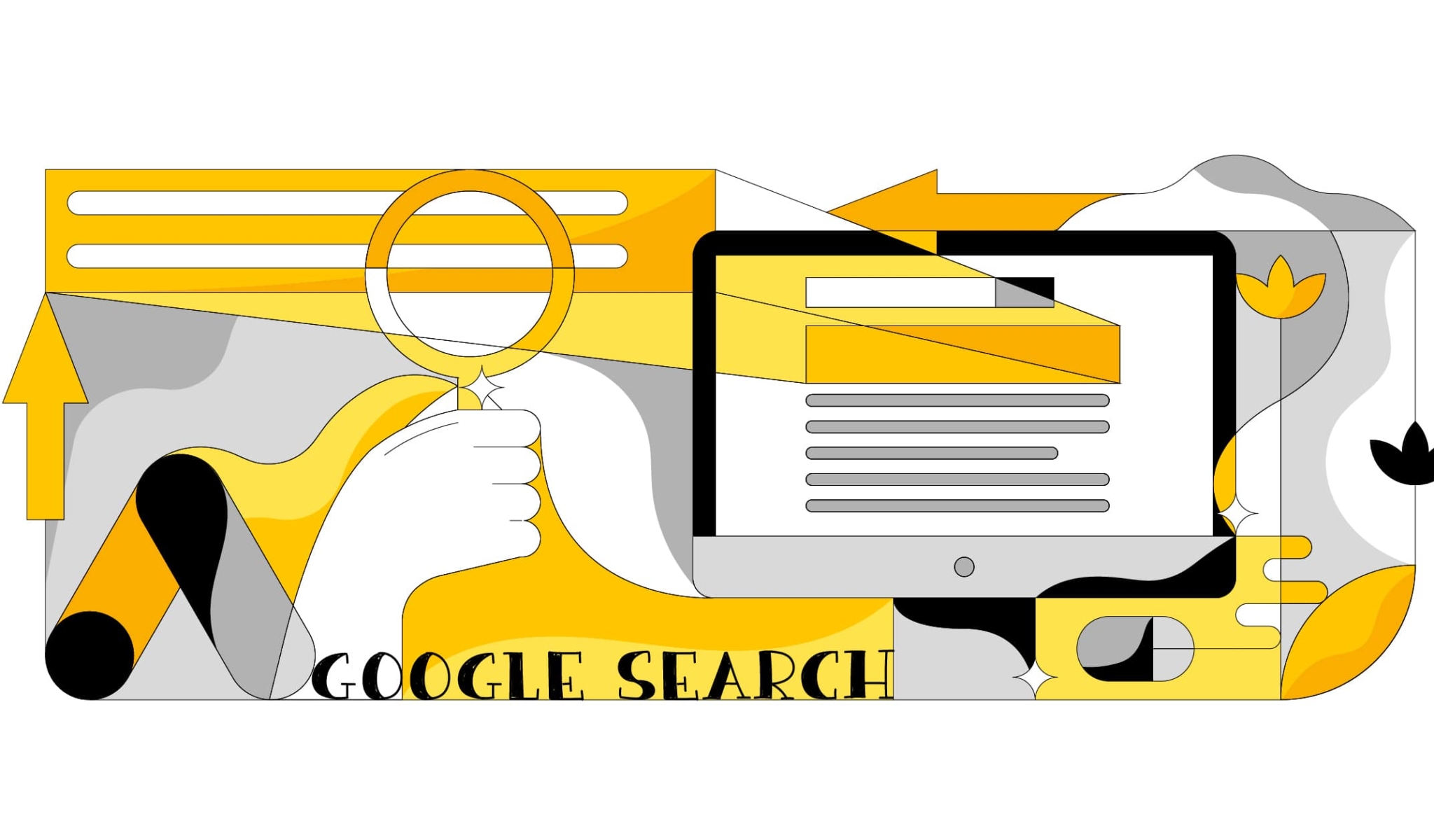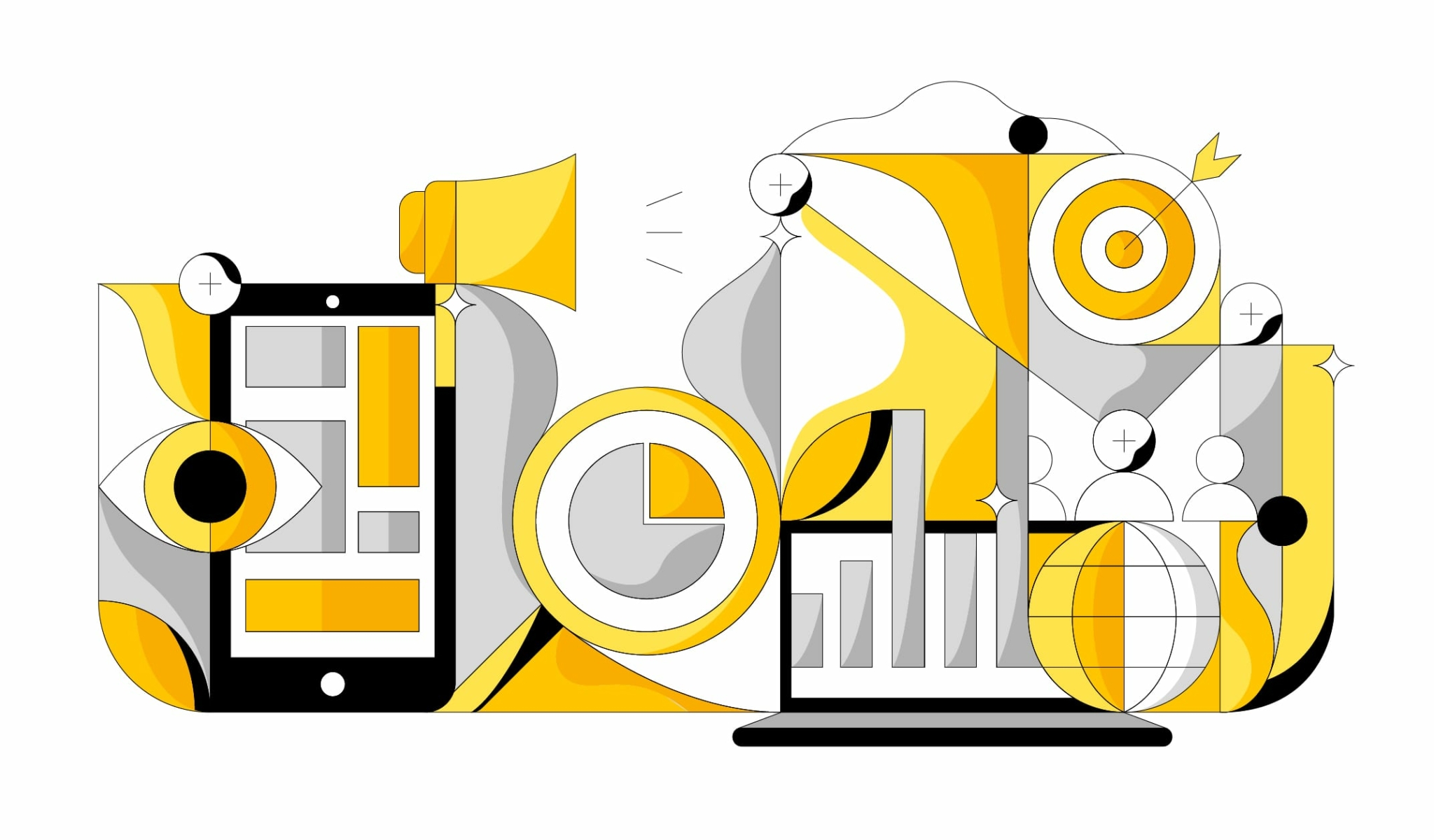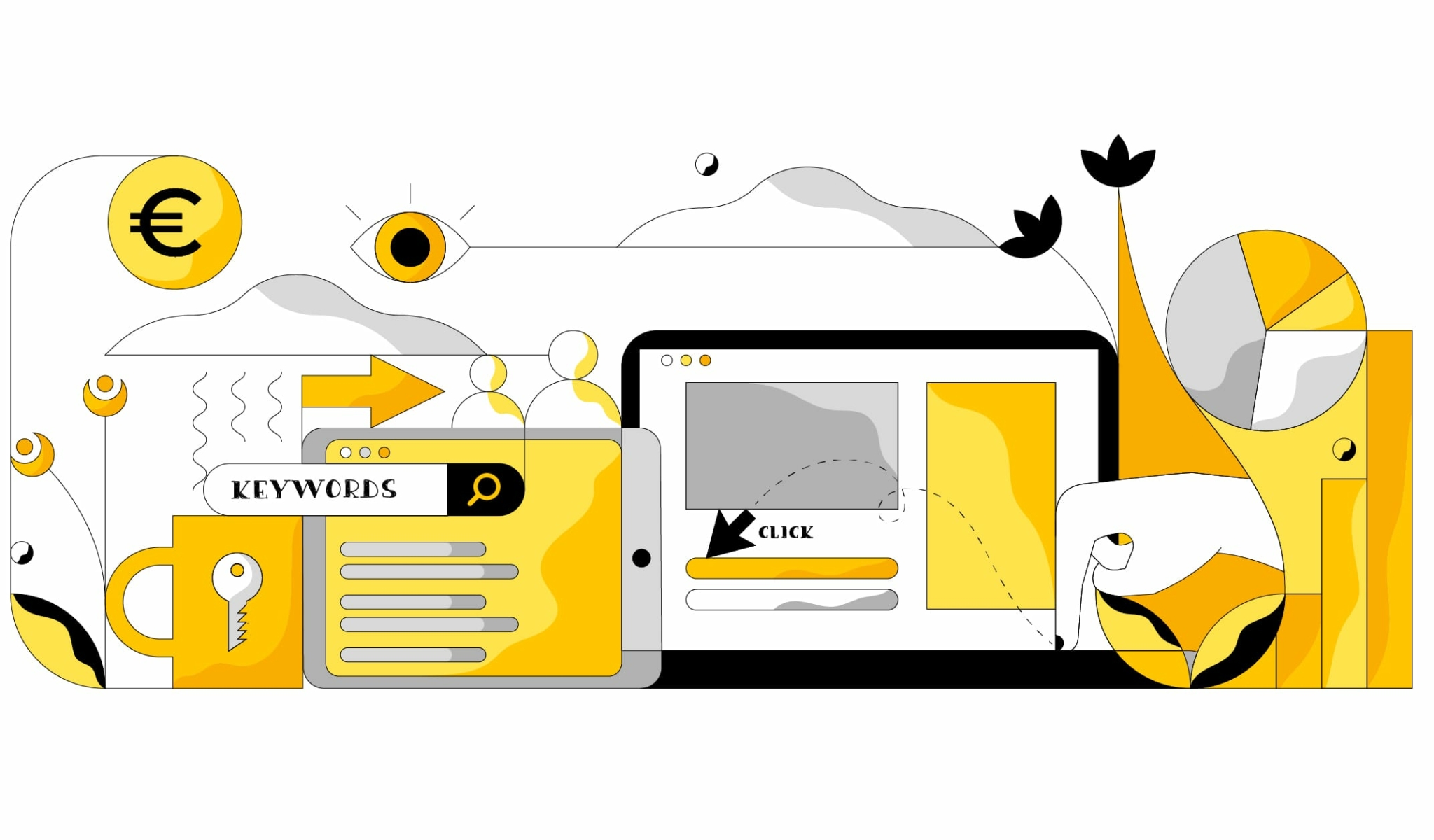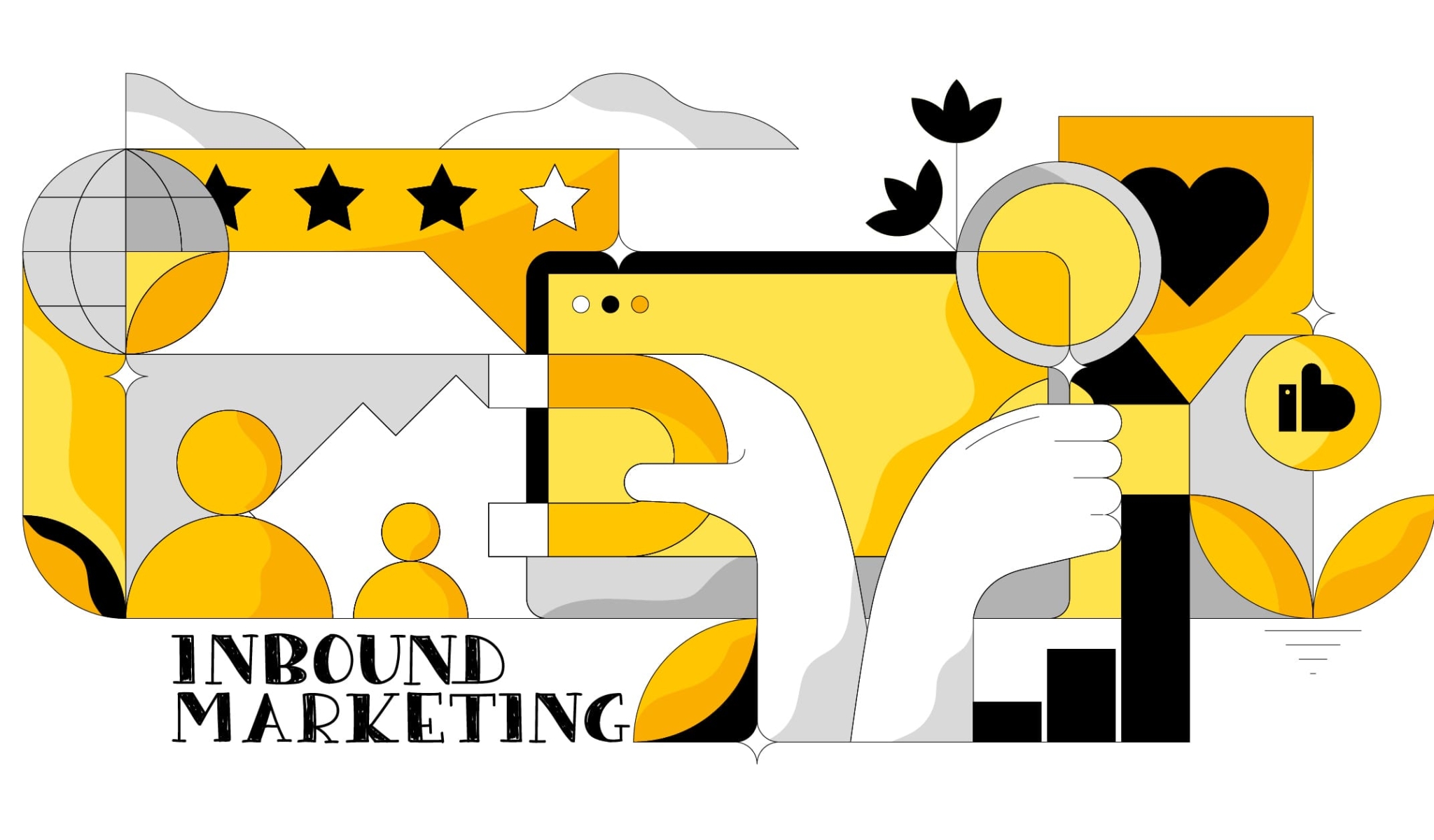Given the complexity of products and services, the WHAT to communicate certainly carries more weight in industrial markets than in other sectors. However, it is crucial not to underestimate the role of the HOW, which can make the difference between a message that engages and converts and one that goes unnoticed. Communication studies show that only 7% of a message’s impact depends on its content, while 93% is influenced by tone and form. Even in industrial marketing, effective communication significantly impacts engagement and conversions.
Unlike B2C marketing, which often relies on emotion and immediate impact, the industrial sector audience comprises technical experts and engineers. This type of audience seeks content that directly addresses their professional needs. Therefore, the communication style must reflect a deep understanding of the sector, appropriate technical language, and effective communication strategies.
The tone of voice, or the brand’s communication style, is fundamental. Using overly “promotional” language filled with superlatives, vague expressions, or excessive promises can be counterproductive in industrial marketing. Such language is ineffective and can undermine the brand’s credibility and reputation, making the company appear more focused on selling than genuinely understanding the customer’s needs.
Clarity and authority are two fundamental pillars of effective communication in the technical field. Case studies, white papers, industry research, certifications, and detailed technical specifications are essential tools for demonstrating expertise and building trust while establishing a well-recognizable brand identity.
Brand perception
In industrial B2B, brand perception is not limited to the intrinsic quality of products or services but is strongly influenced by the ability to communicate clearly and professionally. Every customer touchpoint, from the website to a technical brochure to a trade show, shapes the brand’s image.
Precise and consistent communication strengthens the brand’s perception as reliable and competent. Conversely, poorly structured or inconsistent messages risk undermining customer trust. To build strong relationships, a brand must convey a consistent message across all channels, ensuring that every message, document, or interaction reflects the same attention to detail and quality.
Providing well-crafted content, both in terms of substance and presentation—such as video clips, white papers, insights, or case studies—helps build a narrative of reliability and competence. This approach reinforces the brand’s perception as a valuable partner capable of effectively addressing customers’ needs.
Communication quality is not just an aesthetic factor but a crucial element in how a product or service is perceived. Every detail—from image selection to layout precision—creates an immediate impression in the customer’s mind. For instance, using low-resolution images, poorly executed cutouts, or unprofessional graphic materials can send an implicit message: “If this is the attention the company pays to its communication, what can we expect from its product?”
This association is instant and often irreversible, especially in a competitive B2B environment where decision-makers seek reliable and competent partners. On the other hand, visually polished and brand-consistent communication strengthens the company’s image, demonstrating attention to detail and dedication to quality. Therefore, investing in impeccable communication is not just a matter of style but a strategy to build trust and customer respect—key elements for long-term success.
Building effective communication
Once the most suitable and brand-aligned tone of voice is identified, effective communication is essential. In B2B, storytelling can make complex concepts accessible, engage the audience, and demonstrate the value of the proposed solutions. Technical storytelling relies on practical examples that allow industry professionals to clearly understand technology or products through case studies and real-world applications.
Other crucial aspects include clarity and conciseness. Content should be designed to be readable and immediately understandable without compromising the quality of the provided information. Short, impactful texts, tables, bullet points, diagrams, and infographics help present information clearly, making content more accessible and facilitating topic comprehension. Above all, maintaining a high-quality standard is imperative—everything should reflect high care and professionalism. Errors or ambiguities could compromise audience trust.
Good communication in B2B marketing cannot be “one-size-fits-all.” Each professional role within a company has specific priorities, needs, and languages. Customizing and segmenting messages based on recipients’ roles and behaviors is essential to building strong relationships and maximizing return on investment. Each professional has distinct objectives and varying technical, operational, or strategic interest levels.
A clear understanding of the target audience is necessary to personalize the message effectively. Defining the target at a macro level or in detail through buyer personas is a crucial step in a marketing strategy.
Buyer personas are semi-fictional representations of ideal customers created based on real data and qualitative insights. These profiles help segment the audience and better understand the needs, challenges, and behaviors of different decision-makers, guiding the creation of tailored content that ensures the message is relevant and compelling for each audience segment. For instance, audience segmentation allows sending a mailing list only to technical offices for detailed technical content or only to project managers for messages focused on project management and process optimization.
Similarly, website content can be segmented to offer users a more relevant and engaging experience. Enhancing user experience (usability) and categorizing content by professional roles, such as engineers, project managers, or technical directors, is an effective way to increase engagement without immediately implementing advanced marketing automation solutions, which require significant effort and resources, especially in the early stages.
A complementary approach is to create content that considers the user’s stage in the sales funnel. This preliminary segmentation already significantly boosts the effectiveness of corporate communication, improving message relevance and increasing conversion opportunities.
To maximize results, aligning the right content with each stage of the customer journey is essential. Below is an overview of which content works best for each phase:
Awareness
This stage targets an audience that is not yet familiar with the brand and may not even be aware of their needs. The goal is to capture attention through educational content that introduces industry topics, latent problems, or emerging trends, positioning the company as an expert. Blog articles, white papers, institutional videos, and infographics generate initial interest, supported by technical SEO, LinkedIn Ads campaigns, and participation in industry events.
Consideration
At this stage, the customer starts recognizing their needs and considers various options. This is the time to educate and guide the prospect toward your solution with more specific content, such as case studies, practical guides, webinars, and demonstration videos. Activities like remarketing, newsletters, and technical demos help maintain engagement and build trust.
Conversion
The customer is ready to take concrete action. Facilitating this decision with optimized landing pages, personalized offers, free demos, and targeted follow-ups is crucial. Custom presentations, comparative checklists, and detailed technical documentation reassure the customer and support deal closure.
Advocacy
The focus is on keeping customers satisfied and turning them into brand advocates. Referral programs, exclusive events, community engagement, and success stories help strengthen relationships and highlight the value the brand can offer beyond the initial purchase, fostering trust and generating new opportunities.
Where to communicate
In technical B2B marketing, effective communication is not just about sending the right message but also using the proper channels and maintaining a frequency that maximizes attention without overwhelming the audience. A well-planned multichannel strategy and a regular editorial plan are crucial to keeping the brand relevant and top-of-mind for the target audience.
Professionals in the industrial sector gather information through traditional and digital channels. Being present on these platforms is the first step in reaching this target.
Main channels for the technical audience
- LinkedIn is the leading professional platform. It is ideal for publishing technical articles, promoting events, and sharing company updates. Content such as case studies, demo videos, and white papers is particularly effective here.
- Specialized Forums: Industry-specific forums, LinkedIn groups, or trade magazine blogs offer a unique opportunity to engage with a niche audience. Actively participating in technical discussions reinforces the perception of authority.
- Trade Shows and Conferences: Industry events remain a key channel for networking and direct communication. A mix of technical presentations, live demonstrations, and informational materials attracts a qualified audience.
- Company Website: The primary hub around which any B2B communication strategy revolves. Optimized content such as technical articles, guides, and blogs should be easily accessible and conversion-oriented.
Measurement and continuous improvement
In technical B2B marketing, strategy success is not based solely on intuition or experience but on continuous analysis, improvement, and adaptation. The key to optimizing performance is a measurement system based on technical KPIs (Key Performance Indicators) and qualitative feedback, supported by careful data analysis and an iterative approach.
Measuring marketing effectiveness requires identifying relevant KPIs that reflect engagement and communication impact, focusing on measurable data relevant to the target audience.
Some examples of digital marketing KPIs include generated leads, website sessions, CPC (cost per click), email open rates, and documentation downloads.
Beyond quantitative KPIs, it is essential to collect qualitative feedback from technical recipients—such as engineers, project managers, or R&D directors. These insights provide a more detailed picture of audience needs, helping identify potential communication gaps.
Once the KPIs have been defined and feedback has been collected, the next step is data analysis to understand what works best and where to intervene for improvement.
Regularly monitoring metrics allows for identifying patterns and trends useful for improving performance. For example, a low email open rate may indicate the need to revise subject lines and timing, while a short reading time on articles could signal less relevant content. If white paper downloads are high but demo requests are low, adding more compelling call-to-actions can be beneficial.
A/B testing is essential for optimization: for example, different tones of voice (technical vs. strategic) can be compared, formats such as articles or infographics can be tested, and various call-to-actions can be experimented with to increase conversions.
Measurement and continuous improvement are essential for maintaining excellence. Analyzing KPIs, data, and feedback allows for optimizing strategies and aligning them with audience needs, turning data into a competitive advantage and building strong, long-lasting relationships.
In technical B2B marketing, success depends on the ability to create communication that is clear, authoritative, and personalized. Adapting the message to the specific needs of each professional role, selecting the most effective channels, and maintaining consistency across all touchpoints is essential to earning audience trust and standing out in a competitive market. Well-planned communication is not just a sales tool but a bridge connecting the brand to the real needs of its customers. Focusing on content quality and relevance, combined with a strategic use of data and digital tools, allows every interaction to become an opportunity for business growth.












